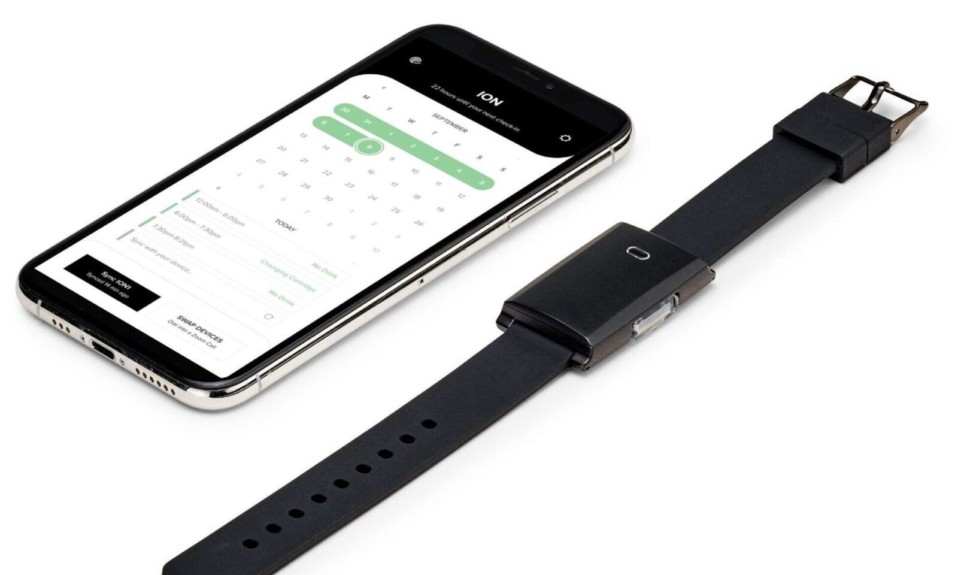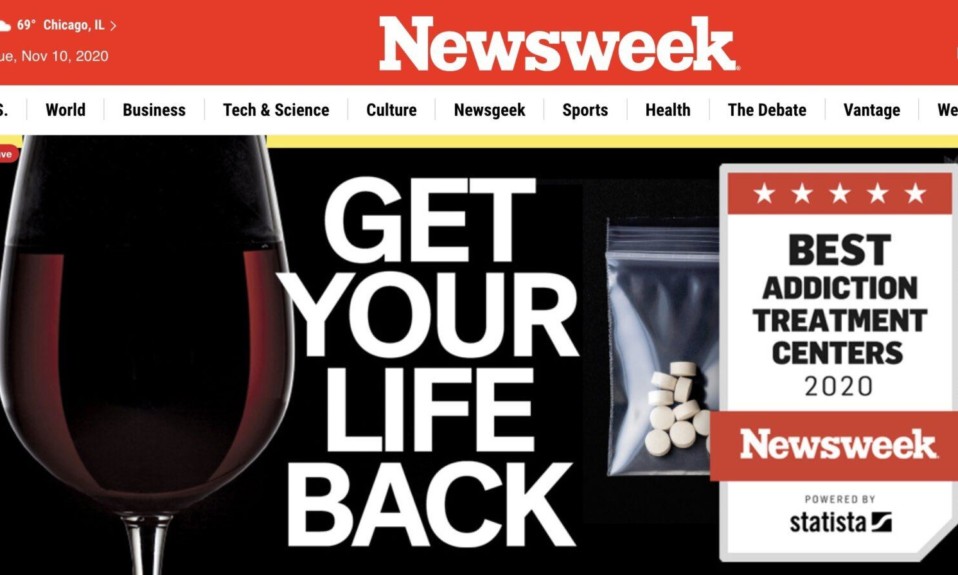ION is a cloud-connected, enzymatic-sensing wrist piece that monitors your consumption habits to track progress and build trust
By Jason Langendorf
November 12, 2020Like a wearable smart device that tracks your running or daily steps, a tech piece is newly available to help people seeking to curtail their drinking. ION is a wrist device, roughly the size of a Fitbit, that uses proprietary enzymatic-sensing technology to provide continuous alcohol monitoring. Developed by Santa Barbara, Calif.-based digital tech startup Milo Sensors, ION supports self- or supervised monitoring by sending data to a cloud-connected, subscription-based app that indicates when the wearer has consumed alcohol.
“I think where it’s going is through the app. App connectivity, the support networks that are out there. Those can be digital, creating communities of like-minded people, helping people on their journeys.”—Milo Sensors CEO Bob Lansdorp
The National Institute on Alcohol Abuse and Alcoholism (NIAAA), part of the National Institutes of Health (NIH), saw enough promise in Milo Sensors’ work that last year it awarded the company $1 million Small Business Innovation Research (SBIR) grant. In October, Milo Sensors raised another $1 million to support further product development and clinical research to independently validate sensor performance.
“I believe that wearable alcohol sensor technology will one day be a key pillar of support and accountability by encouraging users to make good choices, which may help 15 million individuals currently in recovery from an alcohol use disorder to continue living well,” says Milo Sensors CEO Bob Lansdorp.
Milo Sensors and Hazelden Betty Ford Foundation are working toward a partnership in order to integrate wearable alcohol-sensing technology into Hazelden’s care approach.
How ION Tech Works
Here’s how the tech works: When a person consumes alcohol, it travels through the stomach, the small intestine and into the bloodstream, where a small percentage of it—Lansdorp says about 1%– will make its way to the surface of the skin. ION’s novel enzymatic electrical chemical sensor detects that trace amount to determine whether the wearer has consumed alcohol. Additional sensors determine whether the ION has been removed, establishing tamper-proof trust for supervised monitoring settings.
ION doesn’t measure alcohol levels, because that’s not its goal. Lansdorp sees the tech as being less Big Brother-style surveillance system and more self-support tool—a valuable component for many people attempting to cease or decrease their drinking. Whether the ION data is being shared with a spouse, sibling or sponsor—or even just viewed by the wearer to determine progress over time—Lansdorp says the positive feedback loop is key.
“I think where it’s going is through the app,” he says. “App connectivity, the support networks that are out there. Those can be digital, creating communities of like-minded people, helping people on their journeys.”
Subscription Model Details
Although ION’s subscription rates—$299 per month—are likely to give pause to some consumers, Milo Sensors offers beta-tester discounts and research packages at www.ionwearable.com that can help lower payments. Lansdorp also notes that ION’s cost is comparable to that of many ankle-bracelet sensors and breathalyzer systems, and he’s optimistic the technology will eventually be embraced by risk underwriters and reimbursed by insurance plans.
Lansdorp says the company will let the market dictate the best uses for ION and similar tech in development. One potential use he offers when asked about the intended purposes of the wearable tech has nothing to do with treatment compliance or law enforcement. “We see a lot of potential for people that are maybe going through a custody battle,” Lansdorp says. “An angry ex says, ‘Have you been drinking?’ or makes some accusation. You just want to be able to say, ‘No, I haven’t been drinking, and I want to be able to see my daughter this weekend.’ Our technology could help enable that and help rebuild some confidence—but also rebuild some trust in that relationship.”












